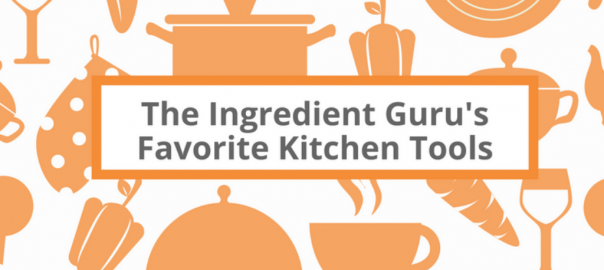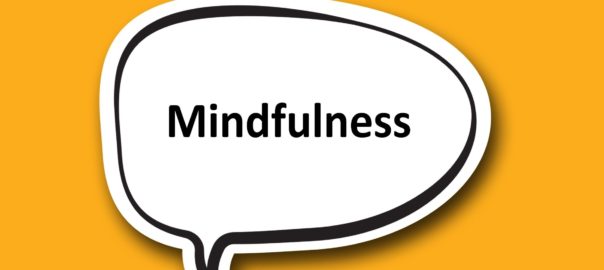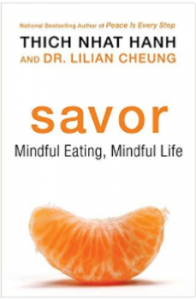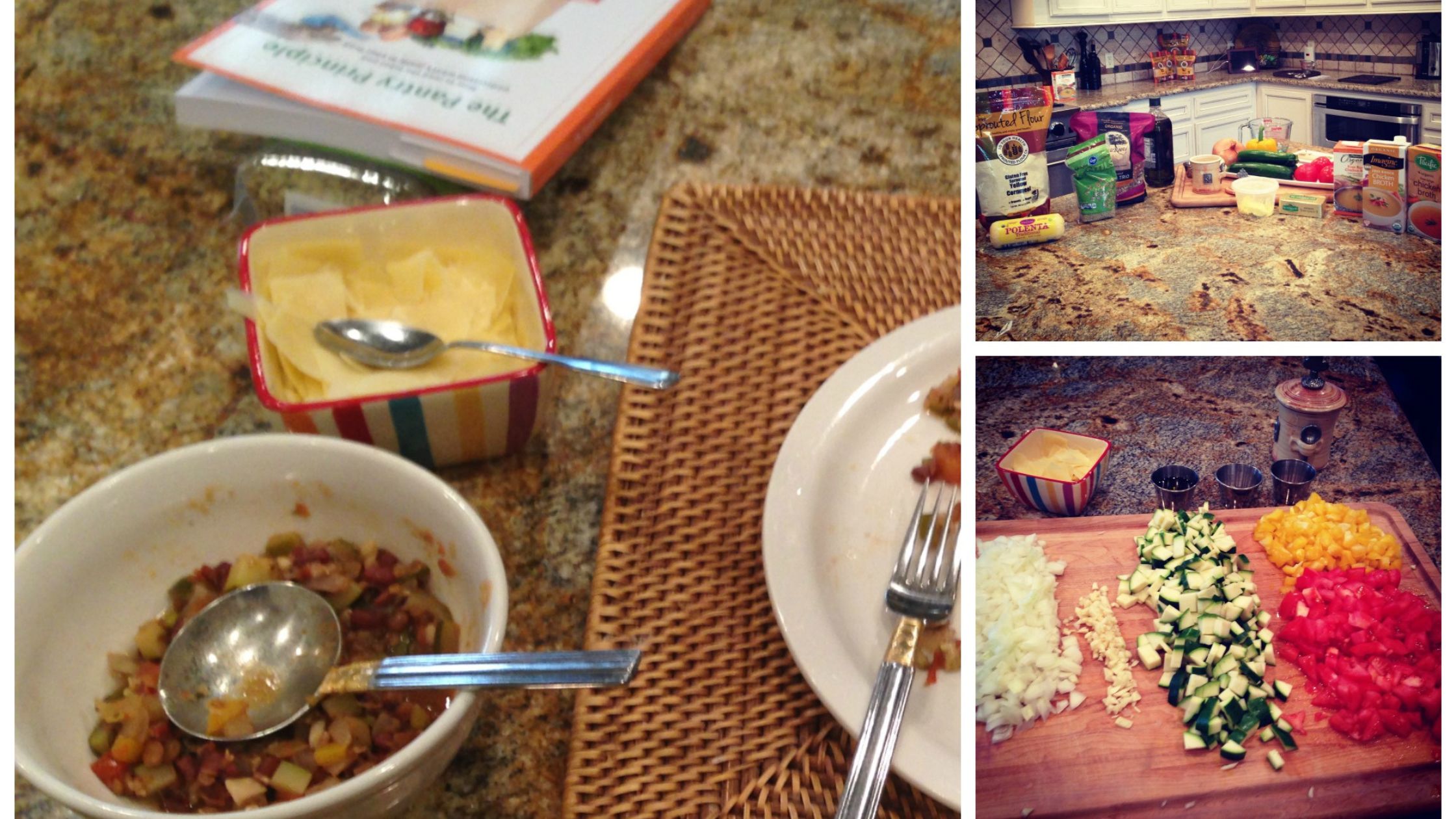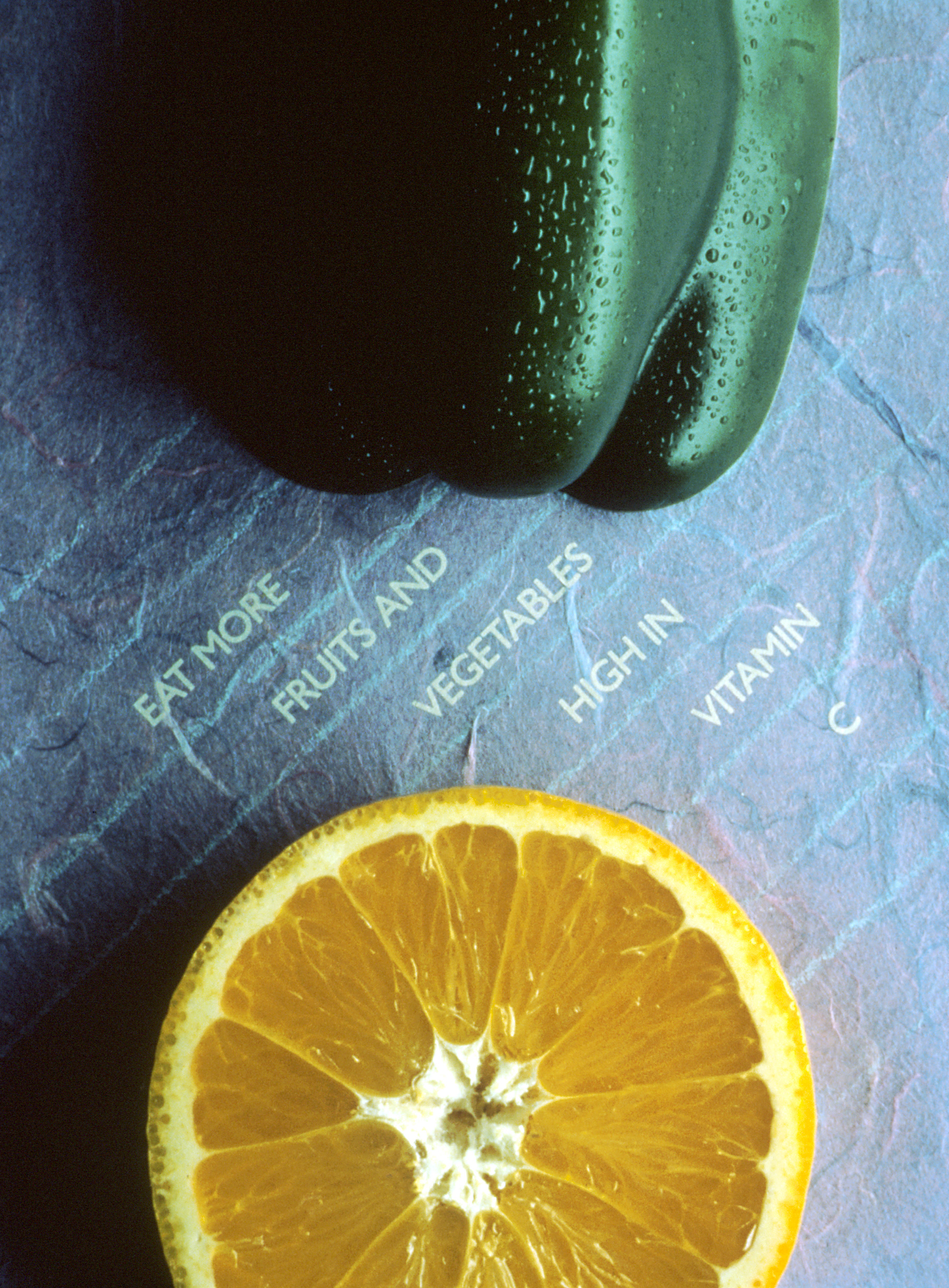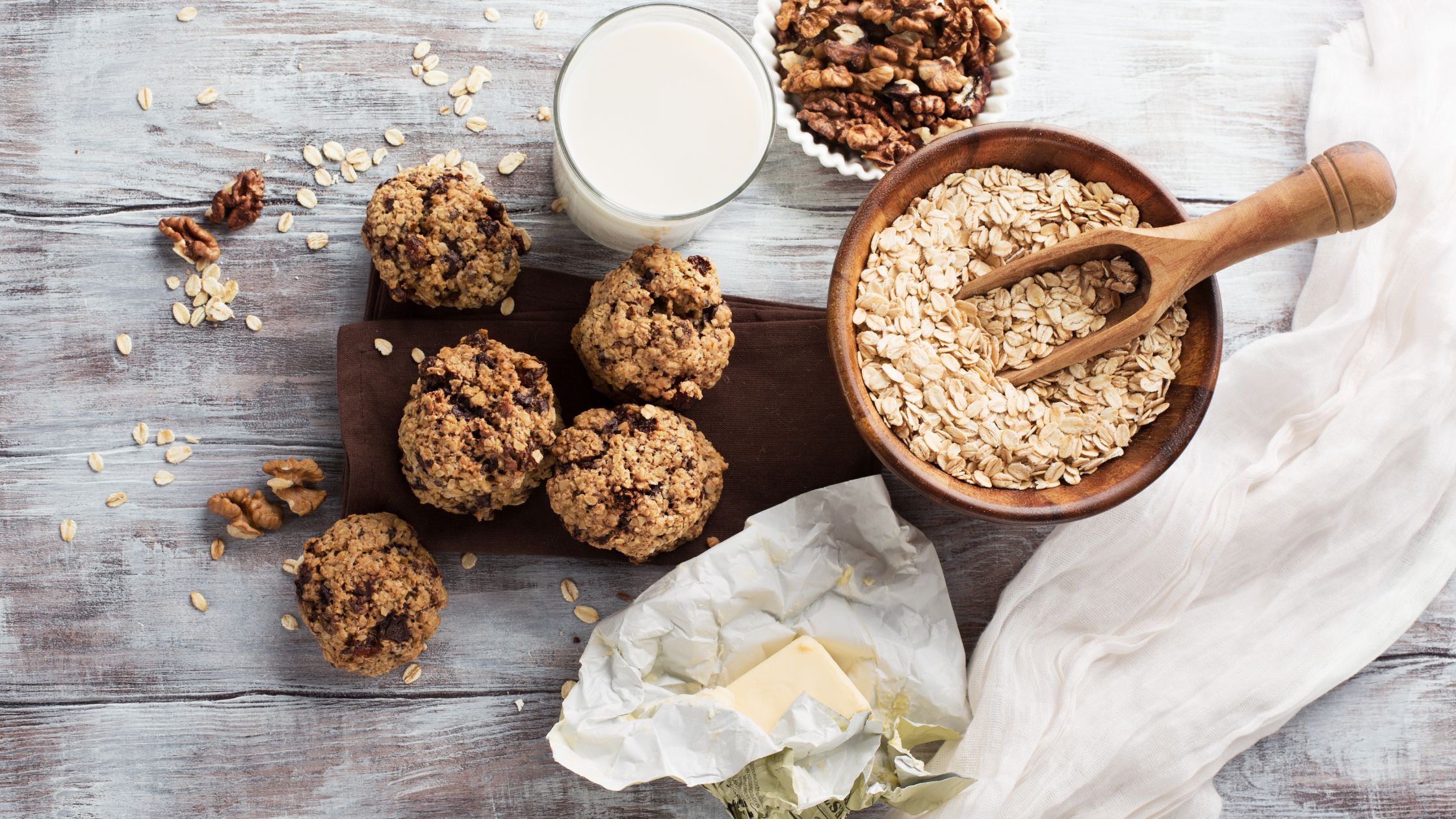Good kitchen tools can help make cooking easy, delicious and fun. I've put together a list of a few of my favorites, the ones I find myself reaching for over and over again. Some are new discoveries and some are my dependable old friends.
CHEF'S KNIFE
Everyone needs a good chef’s knife. With an 8” blade and perfectly balanced, this is my favorite and I use it all the time. When I was displaced by Hurricane Harvey for a few months the one thing I missed the most was my knife.
Wüsthof Classic 8-Inch Chef's Knife
FLEX EDGE BEATER
I love my mixer and all of the attachments that come with it. Especially this scraper mixer blade This is an amazing mixer because it makes short work of beating, mixing, and blending. I even use it to mix my meatloaf.
KitchenAid Flex Edge Beater
IMMERSION BLENDER
This is the handiest dandiest tool in my kitchen. Perfect for making mayonnaise, blending soups and sauces, making applesauce, I also use it for making a bulletproof style boosted tea.
All-Clad Stainless Steel Immersion Blender
CUISINART
My mother bought me one years ago and I remember thinking “What the heck am I going to do with it?” Now I don’t know how I’d live without it. I use it to chop everything, including making chopped salads in the summer.
Cuisinart 14-Cup Food Processor
JULIENNE BLADE
Perfect for making julienned vegetables and especially for ‘zoodling’ zucchini, butternut squash. I’ve even used it to julienne apples for a shredded apple dessert.
OXO Good Grips Julienne Peeler
ECO-FRIENDLY FOOD STORAGE
I'm a big supporter of the movement to reduce plastic, especially one-time use plastic. I do my best to use eco-friendly products. In my kitchen, I’ve moved away from plastic wrap to Bee's Wrap for food storage. Made of organic cotton, naturally antibacterial sustainably harvested beeswax, and organic jojoba oil that help keep food fresh. Each cloth is washable, reusable and compostable. Even their product packaging is sustainable, made from 100% recycled paper and biodegradable cellulose.
Bee's Wrap 3-Piece Sustainable Reusable Food Storage
VITAMIX
I Iove my Vitamix. It was an investment for sure, but there's good reason that foodies, home chefs and restaurant kitchens around the world are loyal to Vitamix. Mine gets used almost every day. Sure, it’s perfect for making smoothies, but it’s also great for blending NiceCream (“ice cream” made from frozen banana), homemade almond milk, coconut whipped cream, soup, and more.
Vitamix 7500
INSTANT POT
I’ve had my Instant Pot for less than a year now, and I really can't remember what I did without it! It is my absolute favorite tool in the kitchen. Pressure cooking made easy-as-pie (hmmm… pie. I haven't tried making a pie in my pot yet…) The ease alone would be enough but Instant Pot takes it even further – a slow cooker, rice cooker, steamer, warmer and sauté pot, and that's just the 6-in-1 model. The 7-in-1 also makes yogurt, and the 9-in-1 cooks eggs, sterilizes, makes yogurt AND cake. All this multi-tasking, no hogging my kitchen counter space – it's a keeper. So I've given my Instant Pot it's very own drawer, to store all its handy accessories. I have so many favorites I've made a favorites list for Instant Pot Tools too. You can read that list here.
Instant Pot
LE CREUSET PAN
I adore my Le Creuset pan. It’s cast iron and enameled. From eggs for breakfast to sautéing veggies for dinner, this pan practically lives on my stovetop because we use it so much.
Le Creuset Signature Iron Handle Skillet, 9-Inch
MANDOLIN SLICER
Fabulous for slicing things at any time of year it’s great for salads, frying, canning, and makes quick work of different cuts for a wide variety of foods
Mueller Austria V-Pro 5 Blade Adjustable Mandolin
SHAMELESS PLUG
If you’re giving gifts for the kitchen this holiday season why not share a copy of my book The Pantry Principle: how to read the label and understand what’s really in your food? This is a fabulous resource to help you learn more about your food, so you can make healthy choices. Available in Kindle or paperback, it’s an essential guide for anyone who eats, in other words, it's an essential guide for everyone.
Affiliate Disclosure: Recommendations I share on my website may contain affiliate links. If you click through my referral link, at no additional cost to you, I may earn a small commission if you make a purchase. I only recommend products and services I use myself and would share with friends and family. Your purchases from these companies through my links helps me continue to bring you free information on my site.

